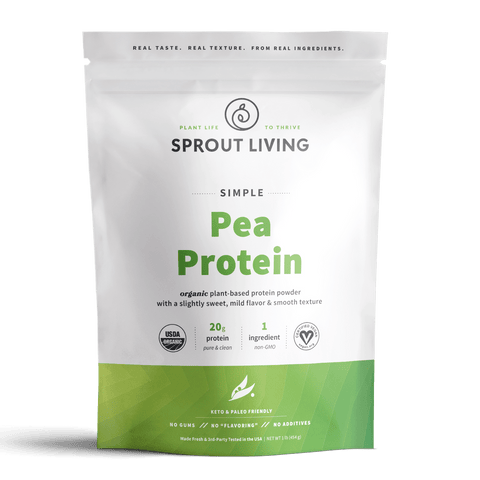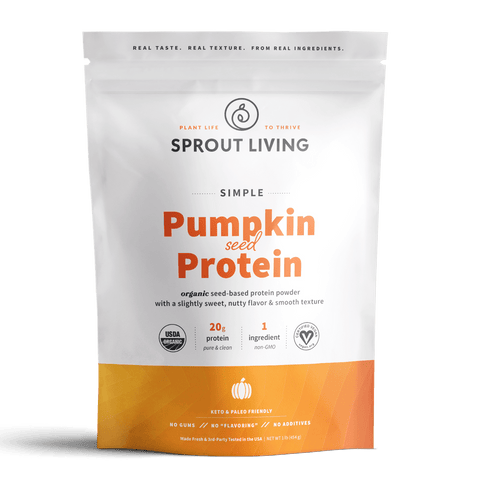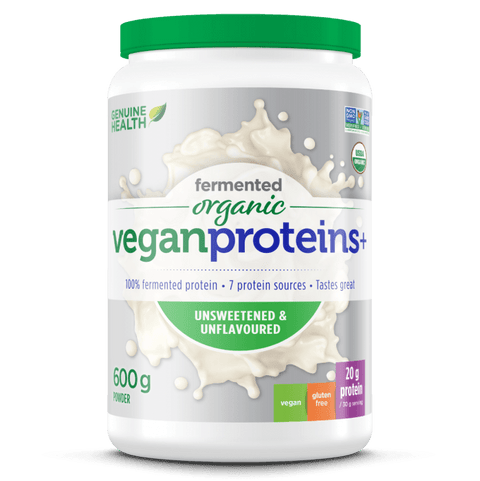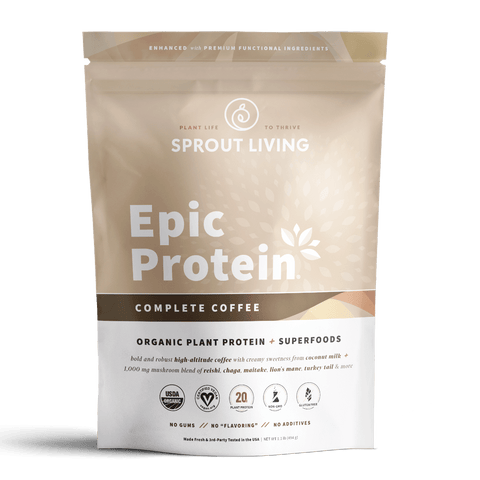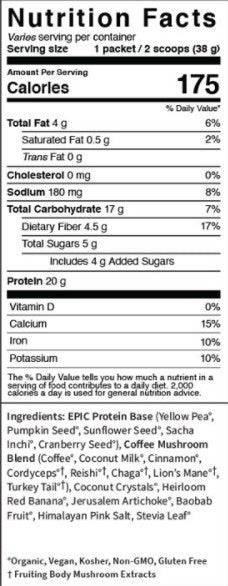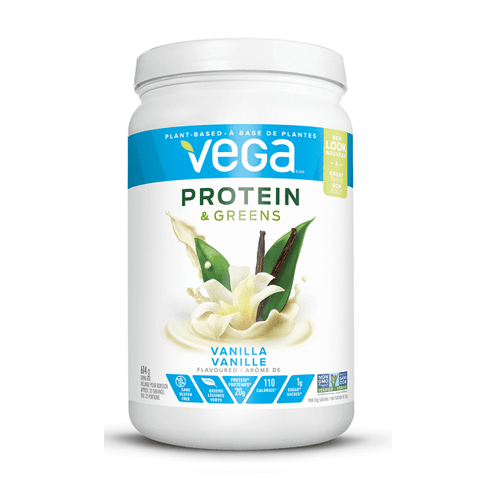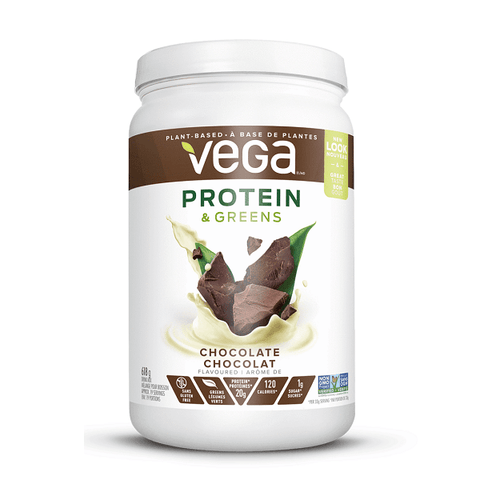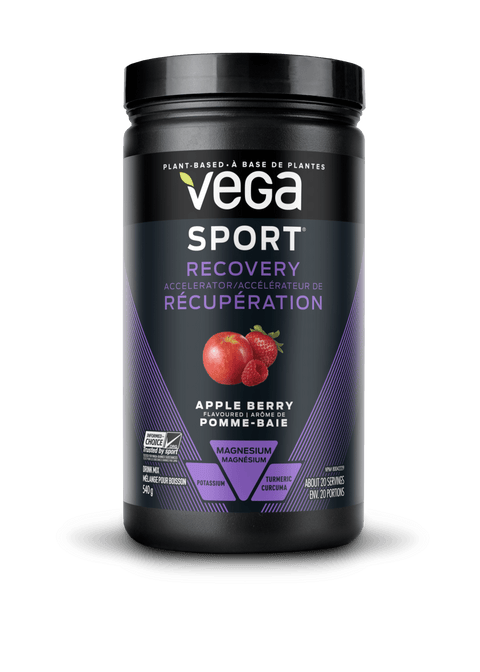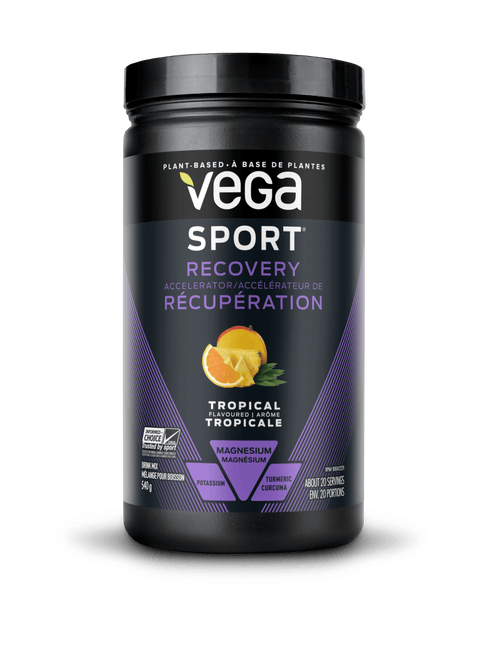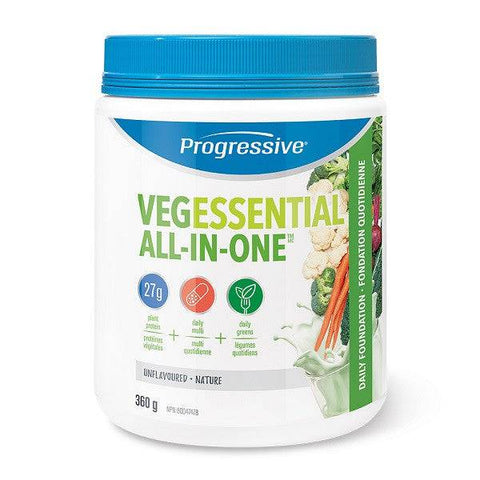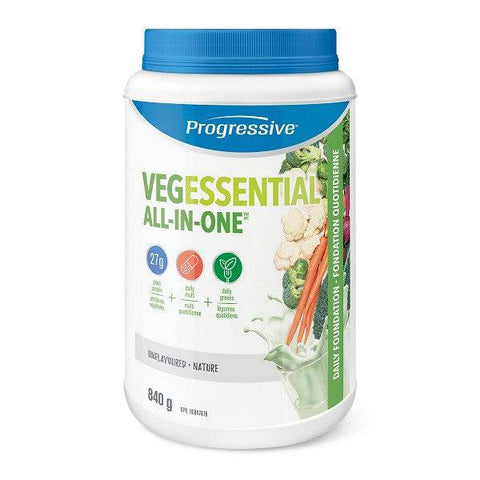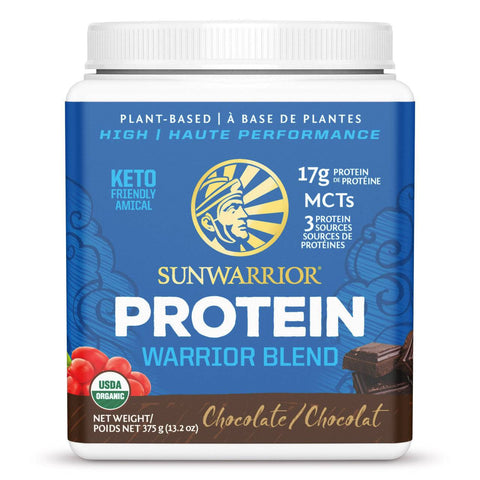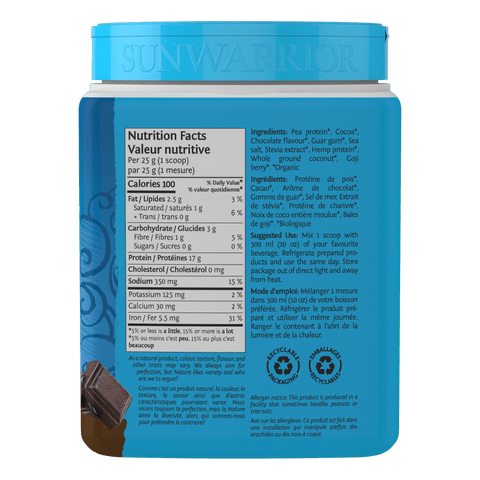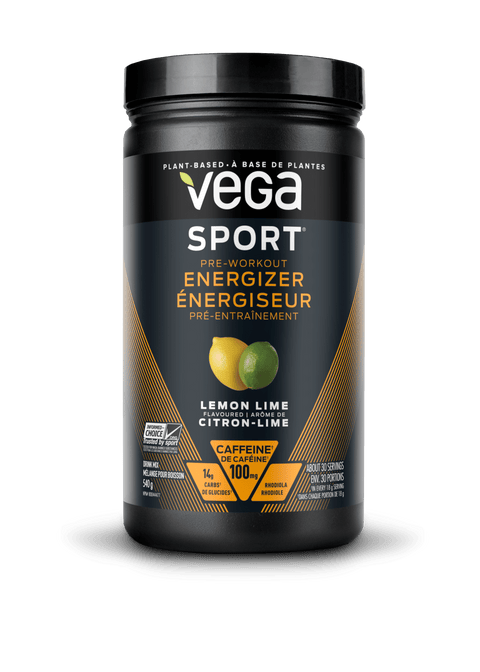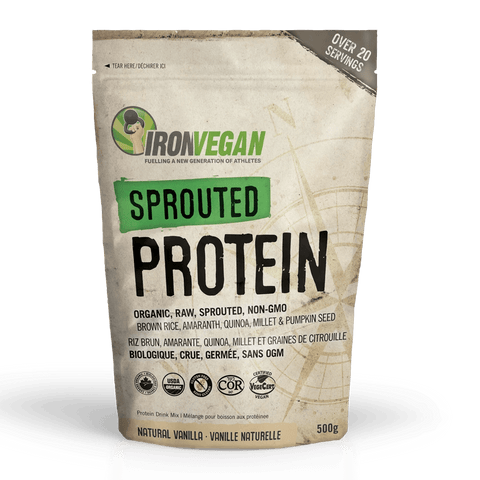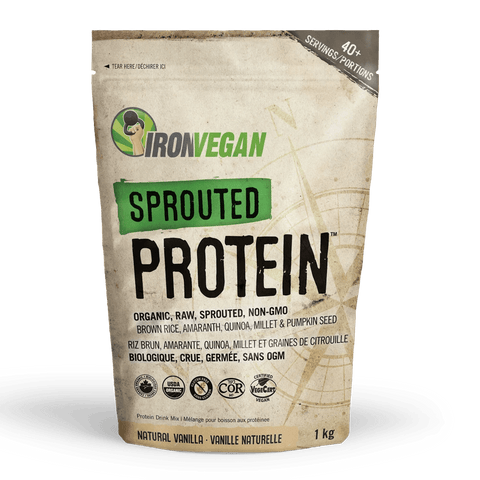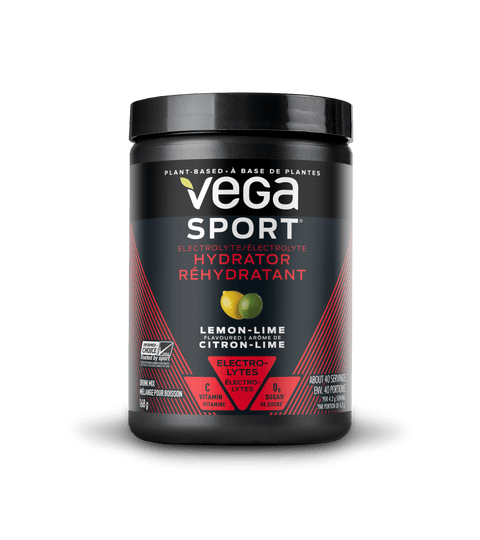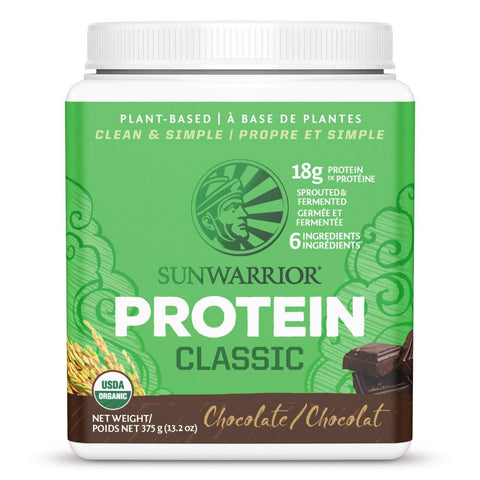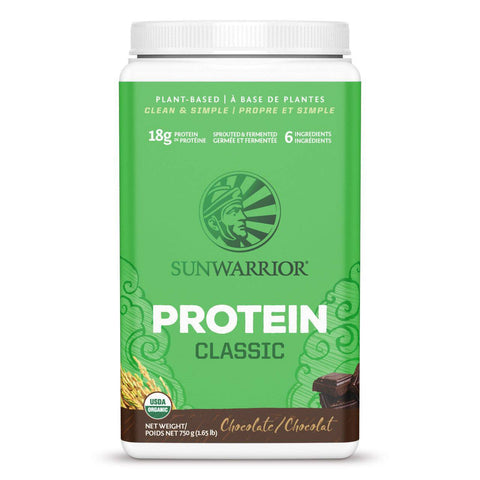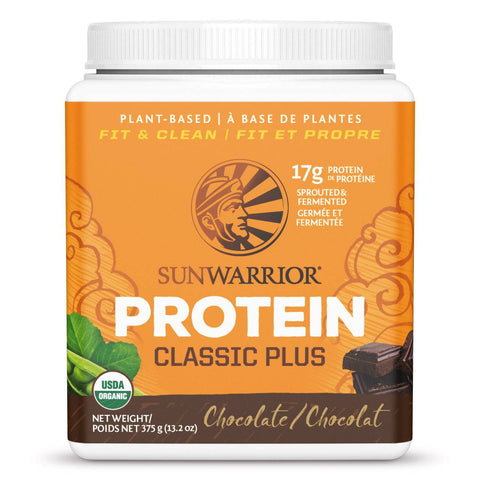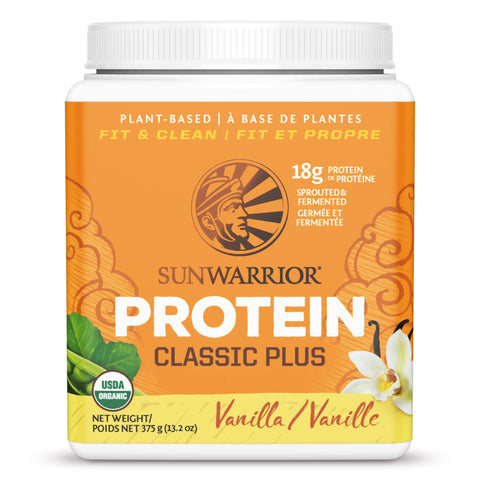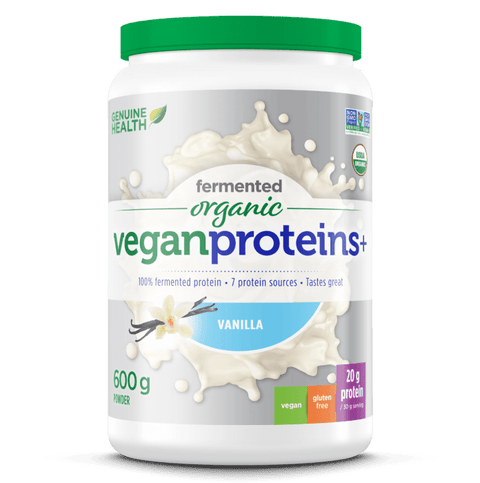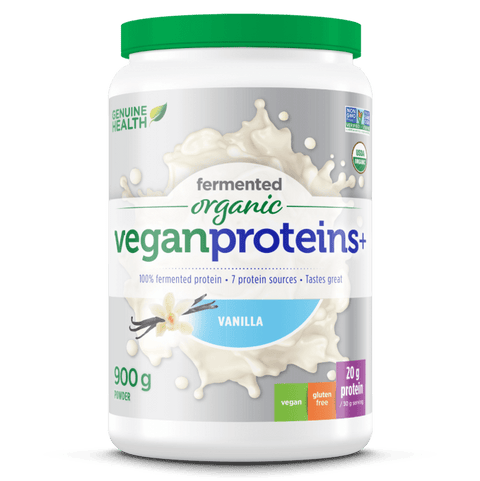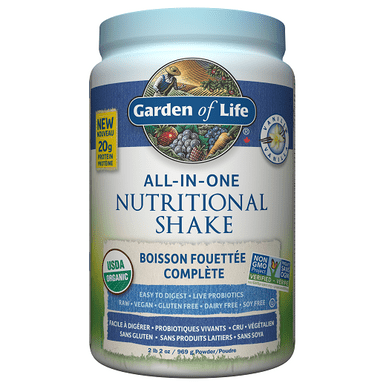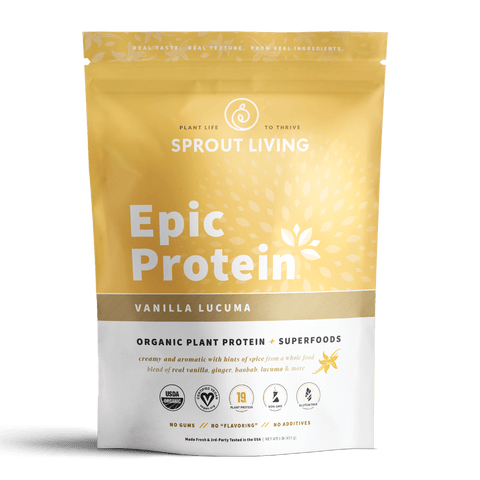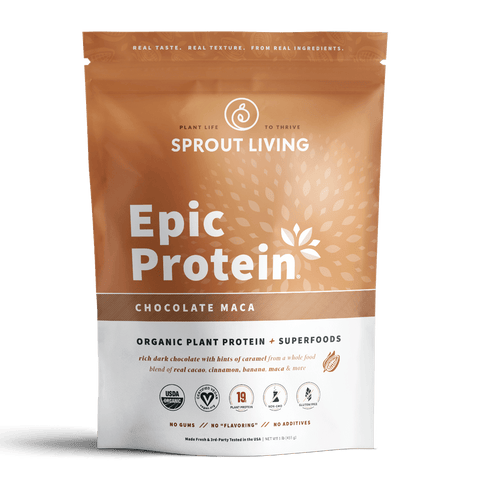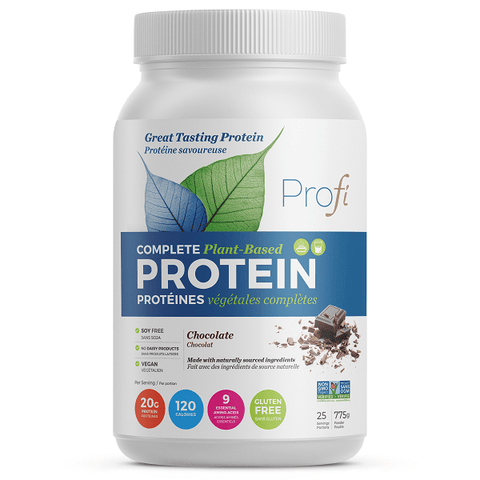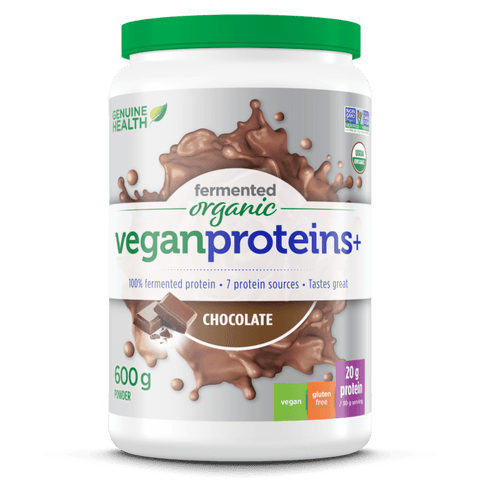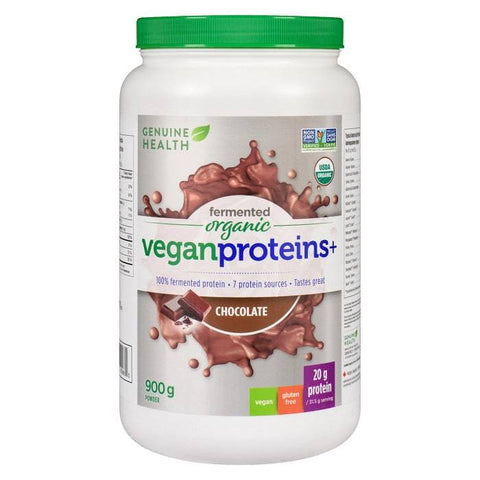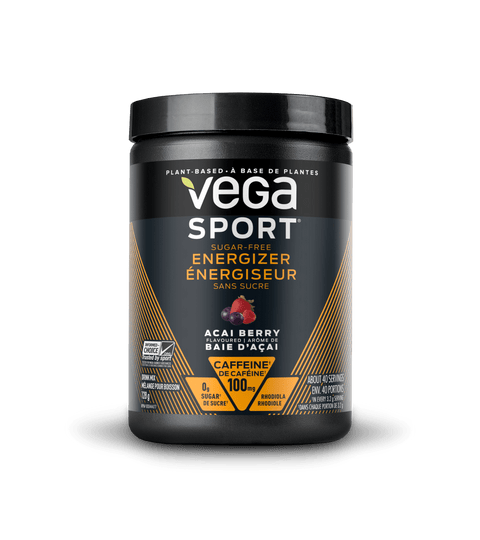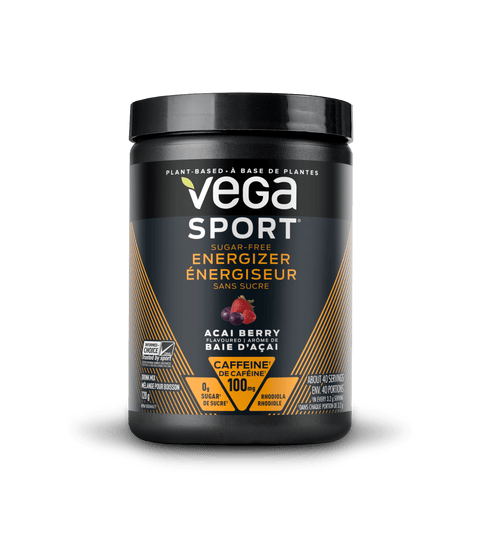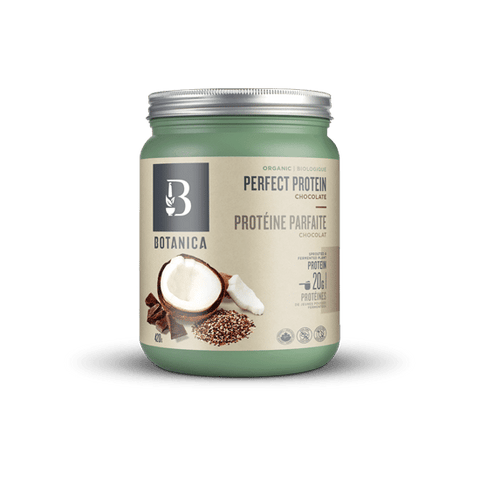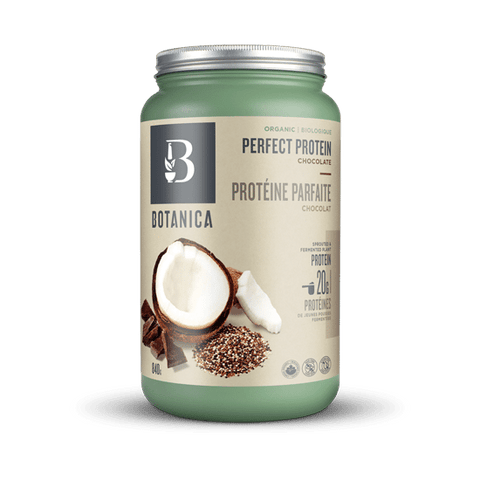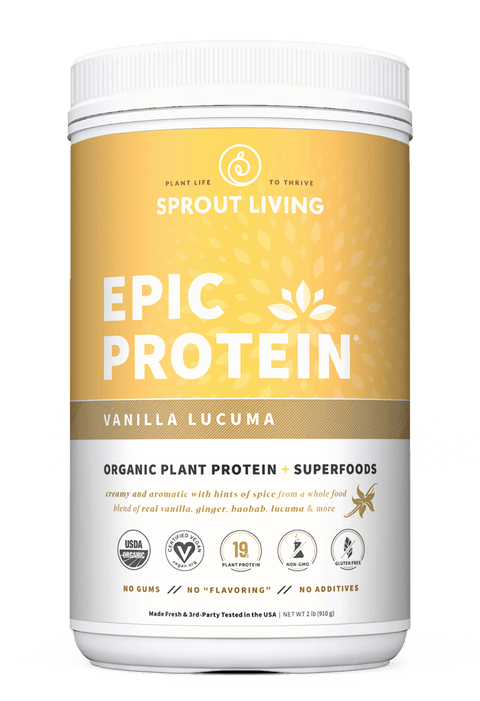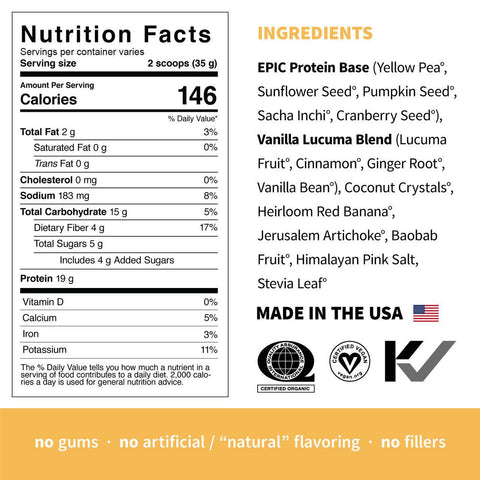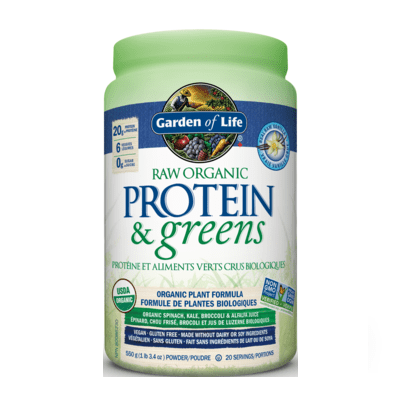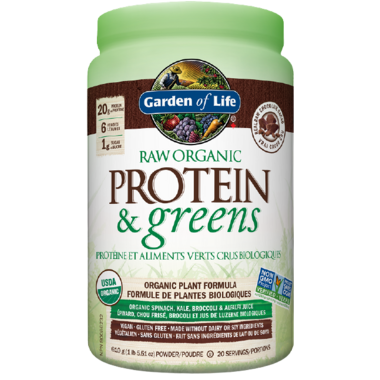Plant-based protein powders are a great alternative for those who follow vegan or vegetarian diets, have lactose intolerance, or prefer to avoid animal products.
Formulation
Plant-based protein powders can come in various formulations, often using a blend of different plant sources to create a more complete protein profile. Common protein sources include:
- Pea protein
- Soy protein
- Brown rice protein
- Hemp protein
- Pumpkin seed protein
Ingredients
The primary ingredients are plant-based protein sources. However, some powders may also contain:
- Flavorings
- Sweeteners (such as stevia or monk fruit)
- Thickeners (like guar gum or xanthan gum)
- Digestive enzymes (to aid with digestion)
- Superfoods or fruits for added nutrients
Flavors
Similar to other protein powders, plant-based options come in a wide variety of flavors like chocolate, vanilla, berry, and even greens blends. Unflavored options are also available.
Texture
The texture of plant-based protein powder can vary depending on the protein source(s) used. Pea protein powders tend to have a smoother texture, while blends with brown rice protein might be slightly grittier.
Solubility
Solubility can also vary slightly depending on the protein source. Pea protein generally mixes well, while some other plant proteins may require more vigorous shaking or blending to avoid clumps.
Serving Size
A typical serving size of plant-based protein powder is typically around 1-2 scoops, providing around 15-25 grams of protein. However, this can vary depending on the brand and protein source.
Protein Content
Plant-based protein powders can be just as high in protein content as whey or casein protein powders, although some sources may be lower in certain essential amino acids. Blends are often designed to address this by combining complementary protein sources.
Nutritional Profile
The nutritional profile will vary depending on the plant sources used and added ingredients. Some powders may be higher in carbs or fiber due to the use of whole grains or seeds. Check the label for a complete picture.
Mixing
Plant-based protein powder can be mixed with water, plant-based milk (almond, oat, etc.), or even blended into smoothies for a more enjoyable texture and additional nutrients.
Consistency
The consistency of the mixed drink depends on the amount of liquid used and other ingredients. Generally, plant-based protein powders can range from a smooth and creamy texture (like pea protein) to a slightly thicker and possibly grainy consistency (with brown rice protein or blends).
